Recently at STH, we built a system with both Intel E810-CQDA2 (100GbE QSFP28) and Intel E810-XXVDA4 (4x 25GbE SFP28) network adapters. When we did this, we found an interesting quirk to Intel’s drivers that prevented installation, leaving us with a dreaded Windows 11 Ethernet Controller without a driver. As part of the process, we found a workaround we thought we would share with our users since this is unsupported, but it has now worked through multiple driver revisions.
How to Install an Intel E810 100GbE Network Adapter in Windows 11
A quick primer, Intel has a number of Ethernet adapters. Usually we see the “i” series such as the i210, i225/i226, i350, and so forth, used for the 1GbE-2.5GbE generation. The “X5” series came next with adapters like the X520, X540, and X550 and is generally the 10GbE generation. Next was the “X7” generation with NICs like the X710’s, but also the XXV710’s and X722’s, that were part of the company’s 40GbE generation that also encompassed 10GbE and some 25GbE offerings (XXV.) Now we have the E810 generation where we generally see 100GbE and 25GbE offerings.
In Linux, this is easy. The drivers are as follows:
- igb – 1GbE for the “i” series
- ixgbe – 10GbE for the “X5” series
- i40e – 40GbE for the “X7” series
- ice – 100GbE for the “E810” series
In Windows, there are some differences. For example, the X540-T2 uses the Intel IXT driver, so technically, Windows 11 is not supported. The newer X550-T2 uses the IXS driver, and Windows 11 client is supported. When we get to the newer E810 series cards, things are more complex, to say the least. Here is the official support list as of when we are publishing this article.
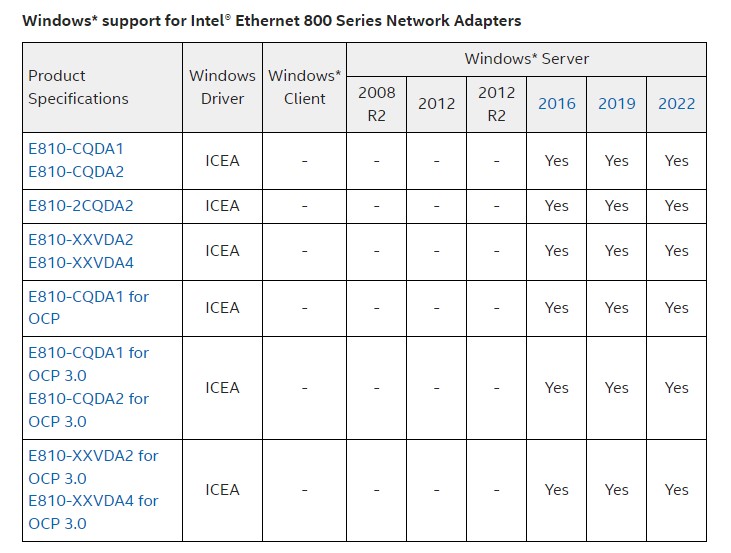
Windows 11, or more broadly, “Windows Client” is not supported. Most users know the trick. Download the latest Windows Server 2022 drivers, install, and everything should work.
That process was a bit different in this case. The Intel E810-XXVDA4 quad 25GbE adapter was installed without an issue.
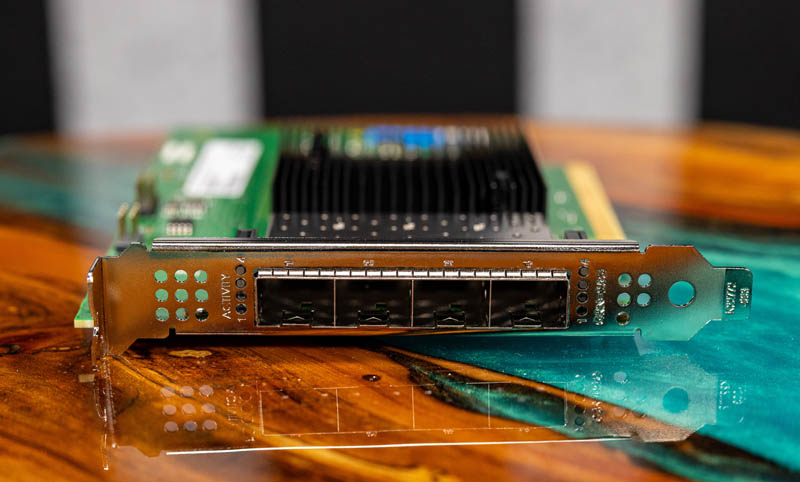
Even though that was installed, the Intel E810-CQDA2 was still showing up as an Ethernet Controller.
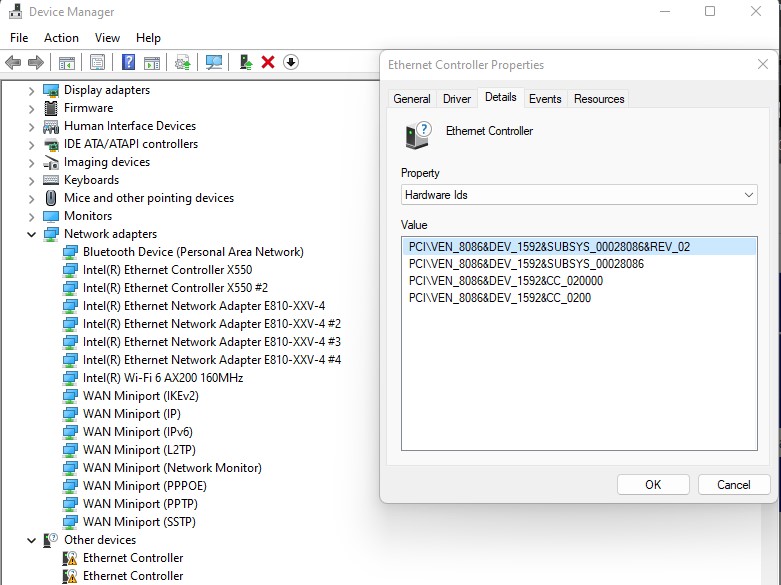
That was a bit of a challenge since we wanted the 100GbE adapter to work as well. We tried up to “Wired_driver_27.8_x64” released 2022-12-29 but this has been the same for several versions we tried with this system.
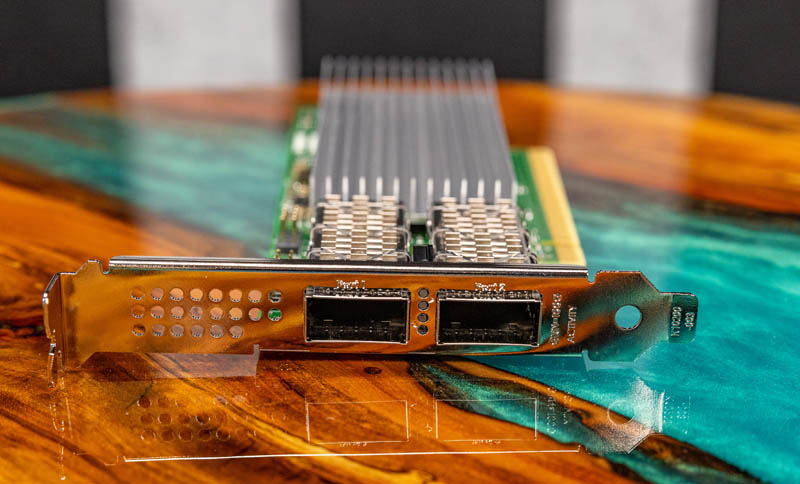
The answer was a bit strange, but we found a workaround. Instead of the normal 37.5MB Windows driver pack, one instead needs the 795.2MB Intel Ethernet Adapter Complete Pack (we used 27.8). Then one can manually install the driver by simply:
- Download Release_27.8.zip (or presumably newer when available)
- Extract the zipped folder which will be called “Release_27.8” or newer
- In Device Manager, click Update driver and point at the extracted “Release_27.8” folder with the subfolder option checked
Doing that easy process got us to a working setup:
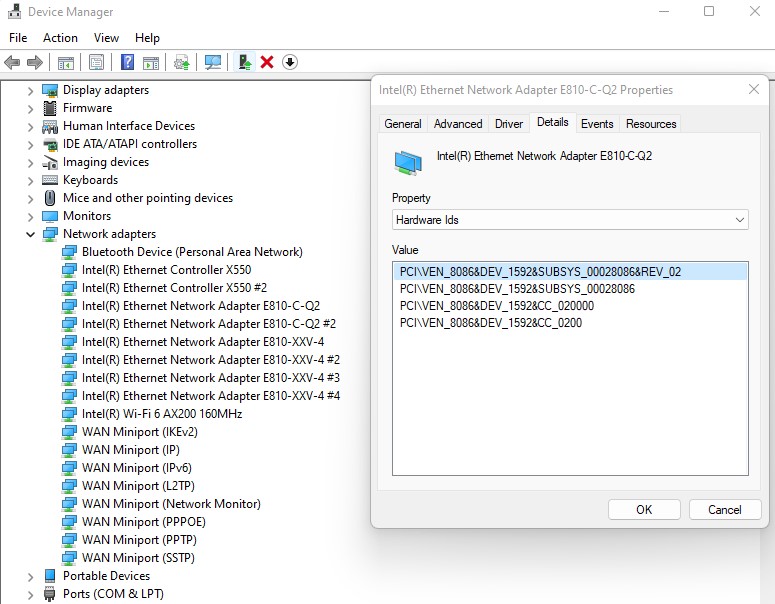
With that, we finally have Intel 10Gbase-T, 25GbE, and 100GbE all in the same system.
Final Words
On the one hand, this is an unsupported configuration. On the other hand, with 32+ core desktop PCs these days and in an era with $5000+ professional GPUs, getting 100GbE networking is not as expensive as it once was. We just showed a MikroTik CRS518-16XS-2XQ-RM switch that offers affordable 16x 25GbE and 2x 100GbE, making a higher-speed network attainable, and we are going to have a sub $800 100GbE switch option on STH very soon. As a result, we see more of our readers potentially trying this. It is a bit silly that the 25GbE adapter was installed fairly easily but the 100GbE E810 adapter required a less obvious installation route.
Hopefully, this helps some of our readers install an Intel E810 100GbE adapter on Windows 11 in the future.

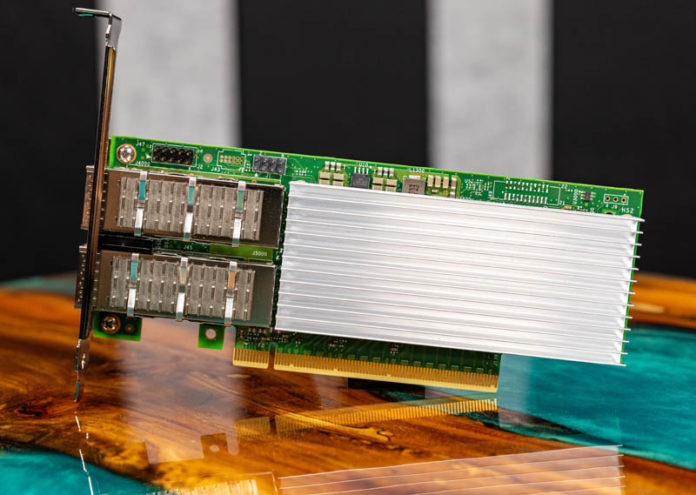



Tbh, the correct way to use an Intel nic faster than 10g anywhere is to throw it into recycling and getting something else
100g is way to go – or at least 25g – you may as well max out systems and not leave all that perf – it may be cheaper to build diy L2/L3 than buy
You forgot step 1: find $900 floating around in your couch cushions…
try workstation edition
microsoft.com/d/windows-11-pro-for-workstations/dg7gmgf0kr4m
“we are going to have a sub $800 100GbE switch option on STH very soon”
How about a sub $800 Multi-GbE (1/2.5/5/10) switch, possibly with PoE?
Why is the Multi-GbE market so stagnant?
James above nailed it, its amazing how little the multi-GB market has moved in years. Its easy to find 10Gb adapters for 20 bucks on ebay but almost 300 to get 8 10Gb ports in my unifi switch. Yes ebay has some crazy power hungry old enterprise kit but it seems like it should be moving down in price for prosumers faster than it has.
Genuine question, why are Intel >10G NICs only good for recycling? I ask because their <=10G NICs seem to be excellent and due to the price I have no experience with anything faster than 10G. Is it just Windows and they work fine under Linux?
I am hoping we'll see more multi-gig options since 25G was standardised in 2015. It only took two years between 1G being standardised in 1998 and it first appearing on a consumer machine in 2000, but here we are 8 years after ratification and we're only just starting to see 2.5G appearing. Hopefully multi-gig WiFi interfaces will help push things forward.
I recently picked up a couple of 100G PCIe cards cheap on eBay ($100) – Mellanox Connect-X 4 and Connect-X 6. My first experience with 25G/100G. But man those cards get HOT. The Connect-X 6 requires 75 watts from the PCIe slot and it got too hot to touch without extra fans. It worked fine at 100G but I never realised it would take so much power to get there.